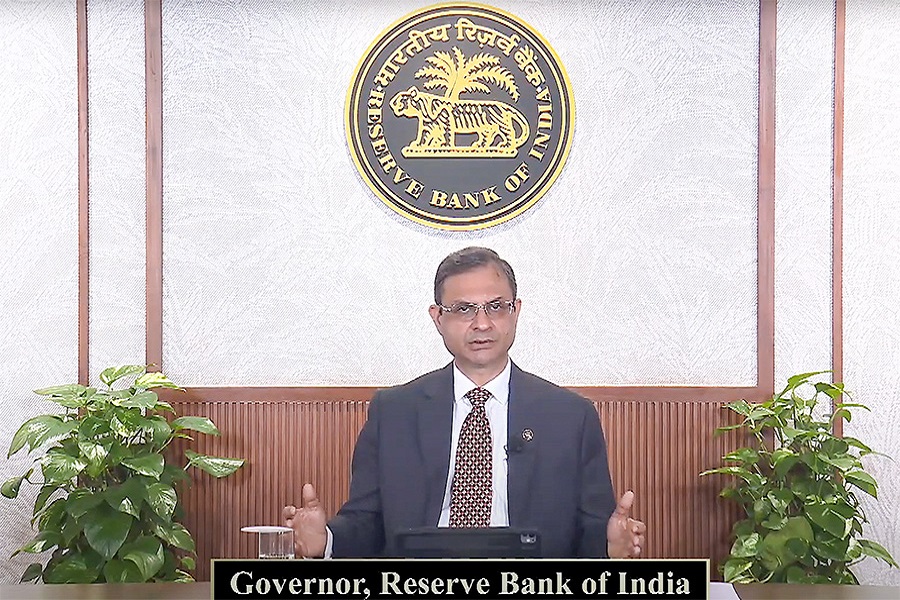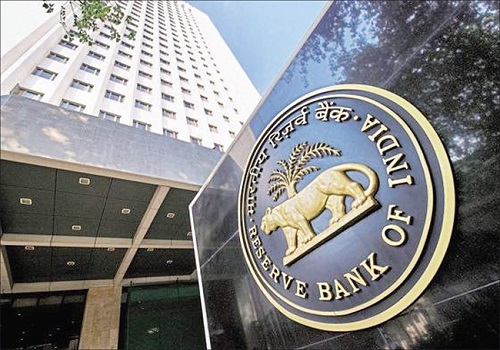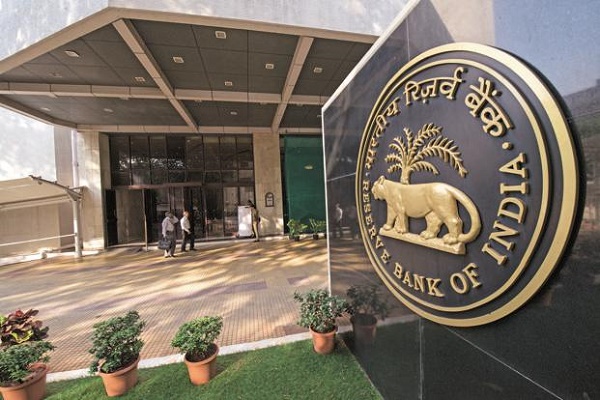RBI hikes limit of bulk deposits for banks, FD investors to gain

The Reserve Bank of India (RBI) has decided to revise the definition of bulk deposits as ‘Single Rupee term deposits of Rs 3 crore and above’ for scheduled commercial banks and small finance banks, central bank Governor Shaktikanta Das said on Friday.
Banks have the discretion to offer differential rates of interest on bulk deposits as per their requirements and Asset-Liability Management (ALM) projections.
The bulk deposits limit was enhanced in 2019 for Scheduled Commercial Banks and Small Finance Banks as ‘Single Rupee term deposits of Rs 2 crore and above’. This limit has now been raised after taking a review, the RBI Governor said.
The necessary guidelines for implementing the measure will be issued shortly, he added.
Das said it is also proposed to define the bulk deposit limit for Local Area Banks as ‘Single Rupee term deposits of Rs 1 crore and above’ as applicable in case of RRBs.
A bank FD of Rs 2 crore and above is considered a bulk FD currently.
This would mean that an individual making bank FD between Rs 2 crore and up to Rs 3 crore will soon be considered as retail FD instead of bulk FD.
Banks usually offer lower FD rates on bulk FDs as compared to retail FDs. After the decision to raise the limit on bulk deposits, FD investors are likely to earn higher interest rates. Banks tend to offer higher interest rates on bulk FDs on specific tenures depending on the liquidity conditions in the debt market.
This limit, however, will not apply to regional rural banks which have a separate limit.























